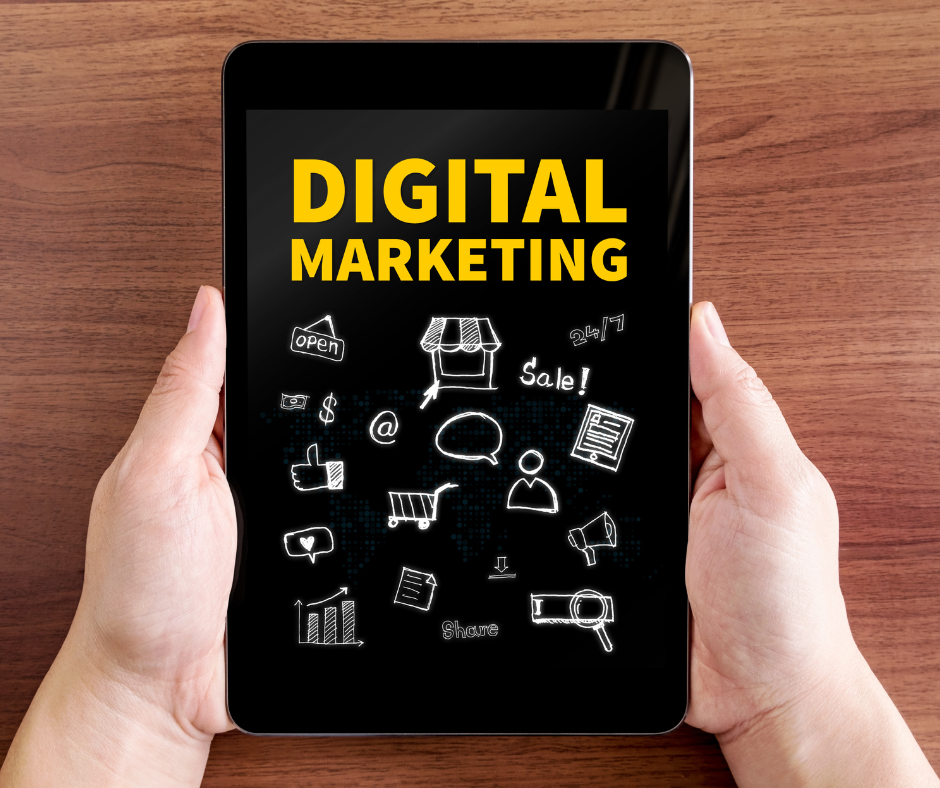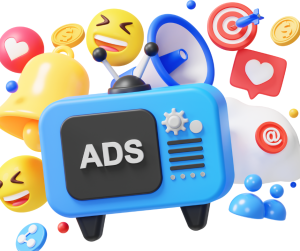Browsers morph into buyers and lies a captivating journey of online conversion that intricately weaves together art and science. As businesses strive to navigate the ever-evolving realm of e-commerce, the pivotal role of marketing in influencing this metamorphosis cannot be overstated. The symphony of enticing visuals, persuasive copy, and strategic user experience orchestrates a harmonious melody that lures potential customers, guiding them through a carefully curated sales funnel. This blog post embarks on a thrilling exploration of the dynamic interplay between digital marketing strategies and consumer psychology, shedding light on the art of transforming passive browsers into active buyers in the digital realm. Join us as we unravel the secrets behind mastering the intricate dance of online conversion, where every click holds the promise of a transaction waiting to be sparked by the magic of marketing prowess.
Understanding the Online Customer Journey
The online customer journey is a complex and multifaceted process that involves various stages and touchpoints. To effectively navigate this journey, marketers must first understand the different stages that customers go through before making a purchase decision. This understanding allows them to tailor their marketing strategies and tactics to meet the needs and preferences of their target audience.
At the initial stage of the online customer journey, potential buyers are often in the awareness phase. They may be browsing the internet, searching for information or solutions to their problems. This is where marketers can leverage content marketing and search engine optimization (SEO) techniques to attract these potential customers to their websites or online platforms.
Once potential buyers have become aware of a brand or product, they move into the consideration phase. In this phase, they are actively evaluating different options and comparing prices, features, and reviews. Marketers can influence this stage by providing compelling visuals such as high-quality product images or videos that showcase the benefits and unique selling points of their offerings.
The final stage of the online customer journey is the decision-making phase. At this point, potential buyers have narrowed down their options and are ready to make a purchase. Marketers can further enhance conversions by using persuasive copywriting techniques that highlight key selling points, address common objections, and create a sense of urgency or scarcity.
Crafting Compelling Visuals for Engagement
In today’s visually-driven digital landscape, compelling visuals play a crucial role in capturing attention and engaging potential customers. Whether it’s an eye-catching website design, captivating social media posts, or visually appealing product images, marketers must invest in creating visuals that resonate with their target audience.
One effective way to craft compelling visuals is by understanding your target audience’s preferences and aspirations. Conducting market research or analyzing customer data can provide valuable insights into the types of visuals that are most likely to resonate with your audience. For example, if your target audience consists of young, tech-savvy individuals, incorporating modern and trendy design elements may be more effective.
Another important aspect of crafting compelling visuals is ensuring consistency across different marketing channels. Whether it’s your website, social media profiles, or email newsletters, maintaining a cohesive visual identity helps build brand recognition and trust. Consistency in colors, fonts, and overall design aesthetic creates a sense of professionalism and reliability.
The Power of Persuasive Copywriting in Conversions
While visuals capture attention, persuasive copywriting seals the deal by compelling potential customers to take action. Effective copywriting involves understanding the needs and desires of your target audience and using language that resonates with them.
One key element of persuasive copywriting is highlighting the benefits and value proposition of your product or service. Instead of focusing solely on features or technical specifications, emphasize how your offering can solve a problem or improve the customer’s life. Use specific examples or testimonials to illustrate these benefits and create an emotional connection with potential buyers.
Addressing common objections is another powerful technique in persuasive copywriting. Anticipate any concerns or doubts that potential customers may have and proactively address them in your copy. This helps build trust and credibility while alleviating any hesitations that could hinder conversions.
Building Trust and Credibility in the Digital Sphere
In an increasingly crowded digital marketplace, building trust and credibility is essential for successful online conversions. Potential buyers need to feel confident that they are making a wise decision when choosing a particular brand or product.
One way to build trust is by showcasing social proof such as customer reviews or testimonials. Positive feedback from satisfied customers can help alleviate any doubts or concerns that potential buyers may have. Additionally, displaying trust badges or certifications can further enhance credibility and instill confidence in your brand.
Transparency is another crucial element in building trust. Clearly communicate your pricing, return policies, and any other relevant information that potential buyers may need to make an informed decision. Being open and honest about your business practices helps establish a sense of authenticity and reliability.
Concluding Remarks: Mastering the Art of Online Conversion
The journey from browsers to buyers is a complex dance between marketing strategies and consumer psychology. By understanding the online customer journey, crafting compelling visuals, using persuasive copywriting techniques, and building trust and credibility, marketers can master the art of online conversion.
In this digital age where competition is fierce, it’s crucial for businesses to continuously refine their marketing strategies to stay ahead. By staying attuned to the evolving needs and preferences of their target audience, businesses can create a seamless online customer journey that leads to increased conversions and long-term success.
Steal Our Customers offers dynamic advertising and marketing strategies, specializing in SEO, pay-per-click, and retargeting, to help businesses outperform competitors and thrive in their markets.






